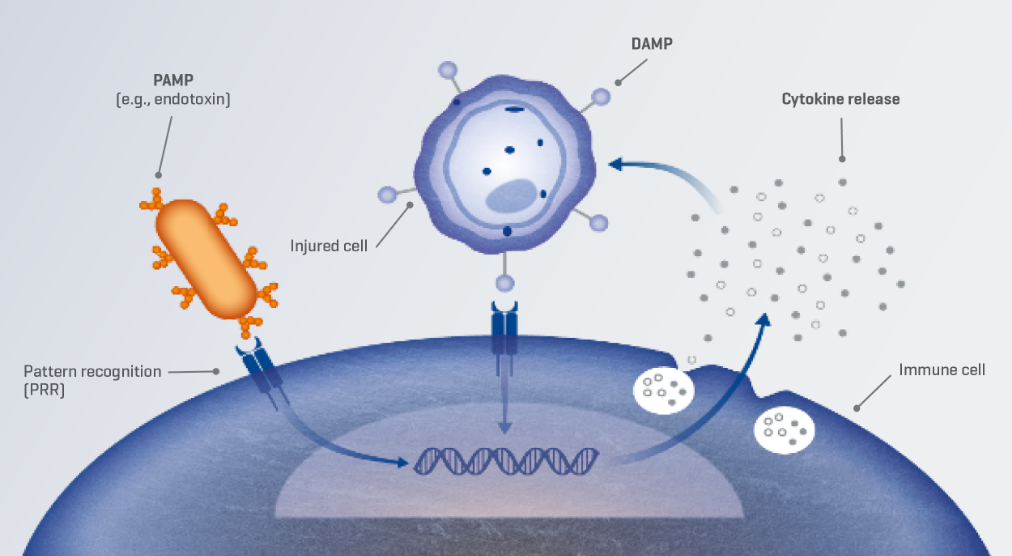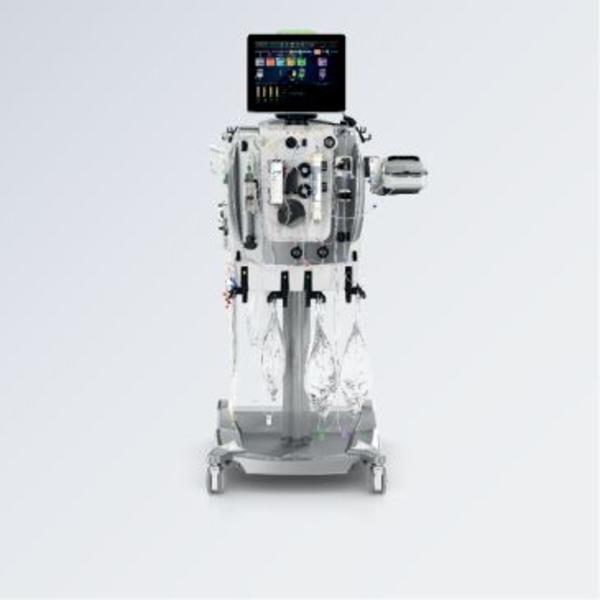Blood Purification

Inflammatory mediators are released into the blood as part of the normal, innate immune response to an external trigger1,2
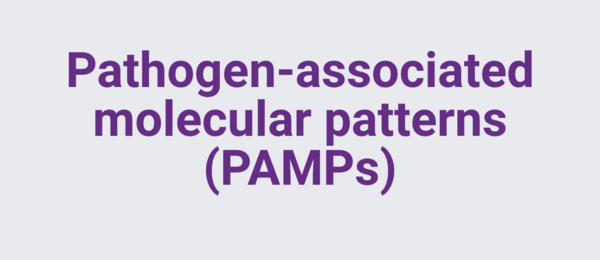
All pathogens exhibit specific components on their surface, known as PAMPs (e.g., endotoxin)1

When host cells are damaged, they release endogenous molecules known as DAMPs, such as adenosine triphosphate (ATP), mitochondrial deoxyribonucleic acid (DNA), and high-mobility group box 1 (HMGB1)2,3
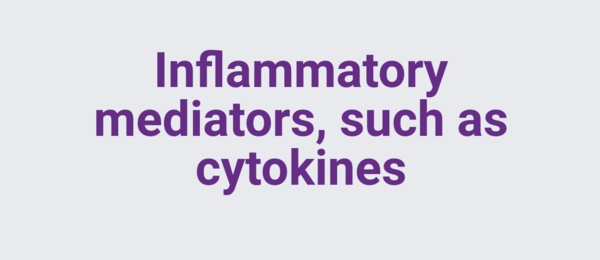
Inflammatory mediators are key signaling molecules that regulate the inflammatory response, including pro- and anti-inflammatory cytokines, e.g. interleukin (IL)-6, IL-8, IL-10, and tumor necrosis factor (TNF)-α4
A dysregulated inflammatory mediator response to PAMPs results in elevated levels of inflammatory mediators, such as pro- and anti-inflammatory cytokines, which may lead to a series of reactions resulting in cellular and tissue injury1,4
Sepsis and septic shock are associated with high rates of mortality and morbidity
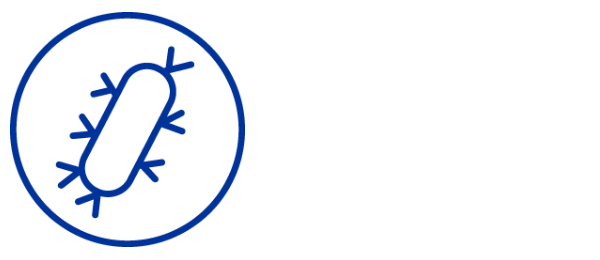
Sepsis and septic shock
• Analysis of data from the Global Burden of Diseases Study estimated the total annual number of sepsis and septic shock cases in 2017 to be 48.9 million, leading to approximately 11 million deaths; this accounted for ~20% of all deaths worldwide12
• Elevated plasma cytokine levels, particularly IL-6, are associated with an increased risk of mortality following ICU admission in patients with sepsis or septic shock13-16
• High endotoxin activity is associated with greater illness severity17-19 and organ failure in patients with sepsis/septic shock17

COVID-19
• As of May 2022, the World Health Organization (WHO) reported a total of >513 million confirmed cases of COVID-19 globally, including >6 million deaths20
• Inflammatory mediators, DAMPs, and PAMPs including endotoxin and SARS-CoV-2 particles are possible contributors to multiorgan failure in critically ill COVID-19 patients5

Multiorgan dysfunction
• Multiorgan failure has been reported in ~75% of critically ill patients with severe sepsis21
• Combined renal and respiratory failure is common in critically ill patients; ~25% of patients with severe COVID-19, receiving advanced respiratory support also require renal support22
• Multiorgan dysfunction/failure may be associated with an increased risk of short- and long-term mortality,23-32 contributing to as many as 50% of ICU deaths23,24
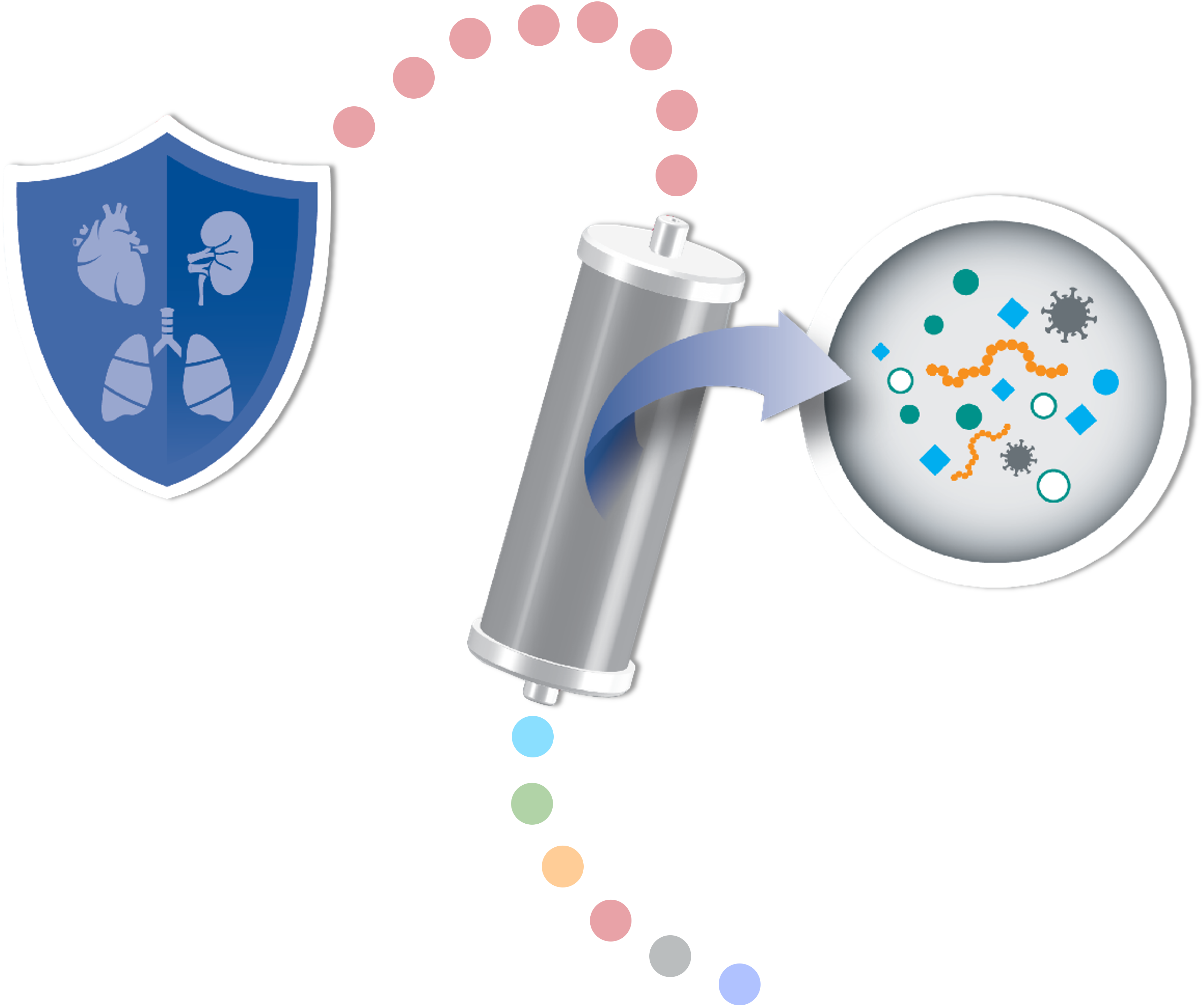
Blood purification is defined as the process of removing mediators and toxins, which may cause pathogenesis, from the blood1,33
Blood purification therapies are designed to remove inflammatory mediators, PAMPs (such as endotoxin), and/or DAMPs (such as HMGB-1) to address the effects of an unbalanced immune system1,34

Evidence suggests that the use of blood purification therapies is associated with a decrease in norepinephrine dose/infusion rate in patients with sepsis or septic shock35-37,39,40
A randomized, crossover, double-blind study of patients with septic shock and AKI reported an 87% decrease in norepinephrine infusion rate from baseline after 24 hours of treatment with Continuous Renal Replacement Therapy (CRRT) and blood purification therapy using an absorbive filter set designed to remove inflammatory mediators and endotoxin (P= 0.02).40
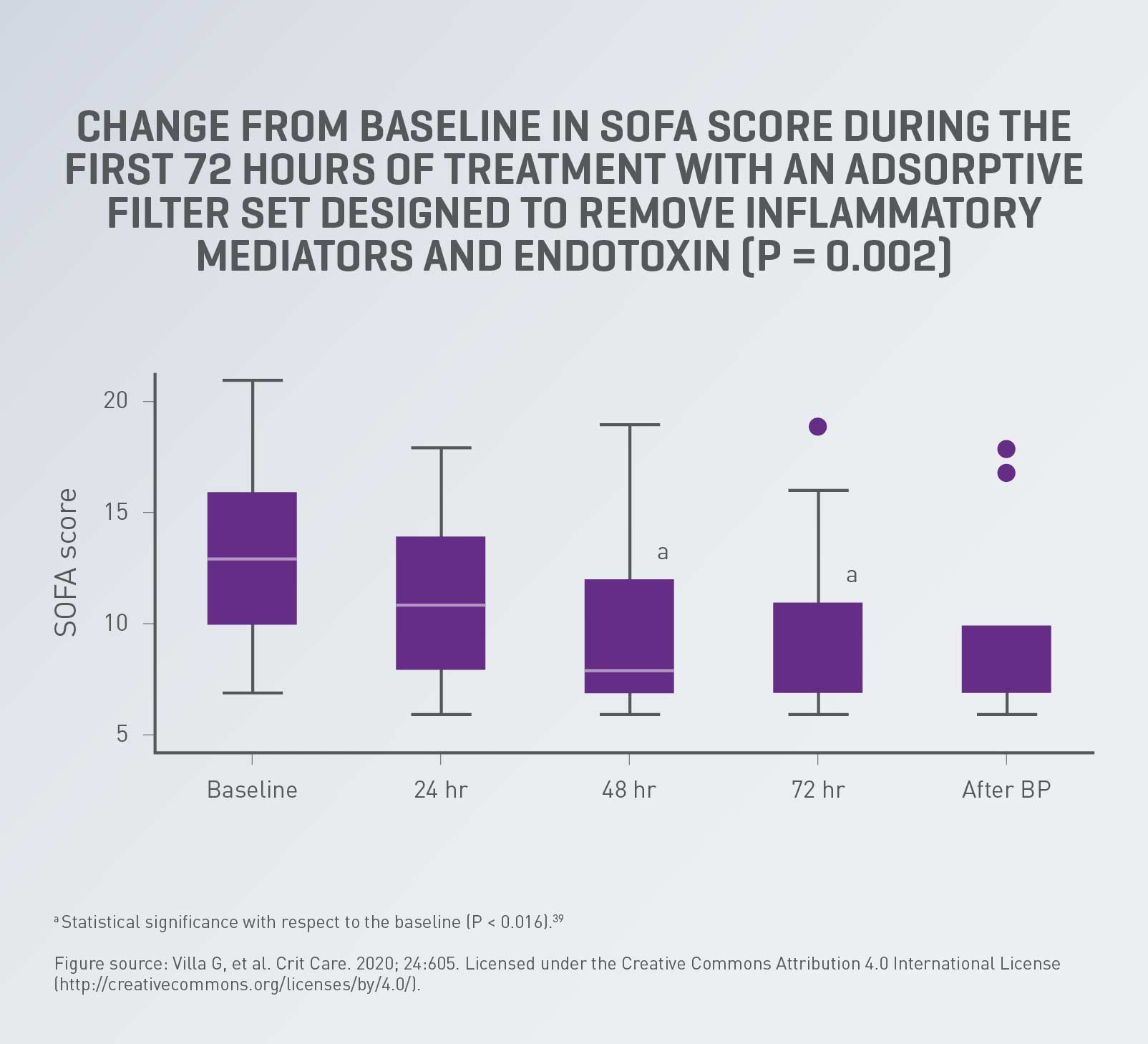
Evidence suggests that the use of blood purification therapies is associated with clinical improvement in organ function (as measured by SOFA score) in patients with severe COVID-19 with or without AKI41,42
A prospective, multicenter, observational study reported an improvement in organ function as measured by SOFA score (P = 0.002) in critically ill patients with severe COVID-19 treated with blood purification therapy using an adsorptive filter set removing inflammatory mediators and endotoxin (a PAMP), as well as lower observed mortality vs. predicted mortality as measured by APACHE IV score41
Blood purification is the only therapy that can effectively remove inflammatory mediators, DAMPS, and/or PAMPs (e.g., endotoxin),1 which may help mitigate multiorgan failure and improve patient outcomes.35-43
Related Products
IMPORTANT SAFETY INFORMATION
The Oxiris set is a disposable, extracorporeal circuit for use with the PrismaFlex control unit or with the PrisMax control unit (in countries where PrisMax is cleared or registered).
The Oxiris set is indicated for use in critically ill patients with a body weight equal or greater than 30 kg (66lb) for hemoperfusion and / or
renal replacement modalities such as:
• Slow Continuous UltraFiltration (SCUF)
• Continuous Veno-Venous Hemofiltration (CVVH)
• Continuous Veno-Venous HemoDialysis (CVVHD)
• Continuous Veno-Venous HemoDiaFiltration (CVVHDF)
When used for hemoperfusion only, the SCUF mode shall be used with no fluid removal prescription, as the indication is to reduce elevated levels of inflammatory mediators, such as cytokines, and to reduce endotoxins.
If patients suffer from acute kidney injury and / or volume overload, the Oxiris set is indicated for continuous renal replacement therapies (CRRT), to perform fluid management and removal of uremic toxins. The removal of inflammatory mediators and endotoxins is performed simultaneously when indicated for CRRT.
For safe and proper use of the products mentioned herein, please refer to the Operator’s Manual or Instructions for Use

